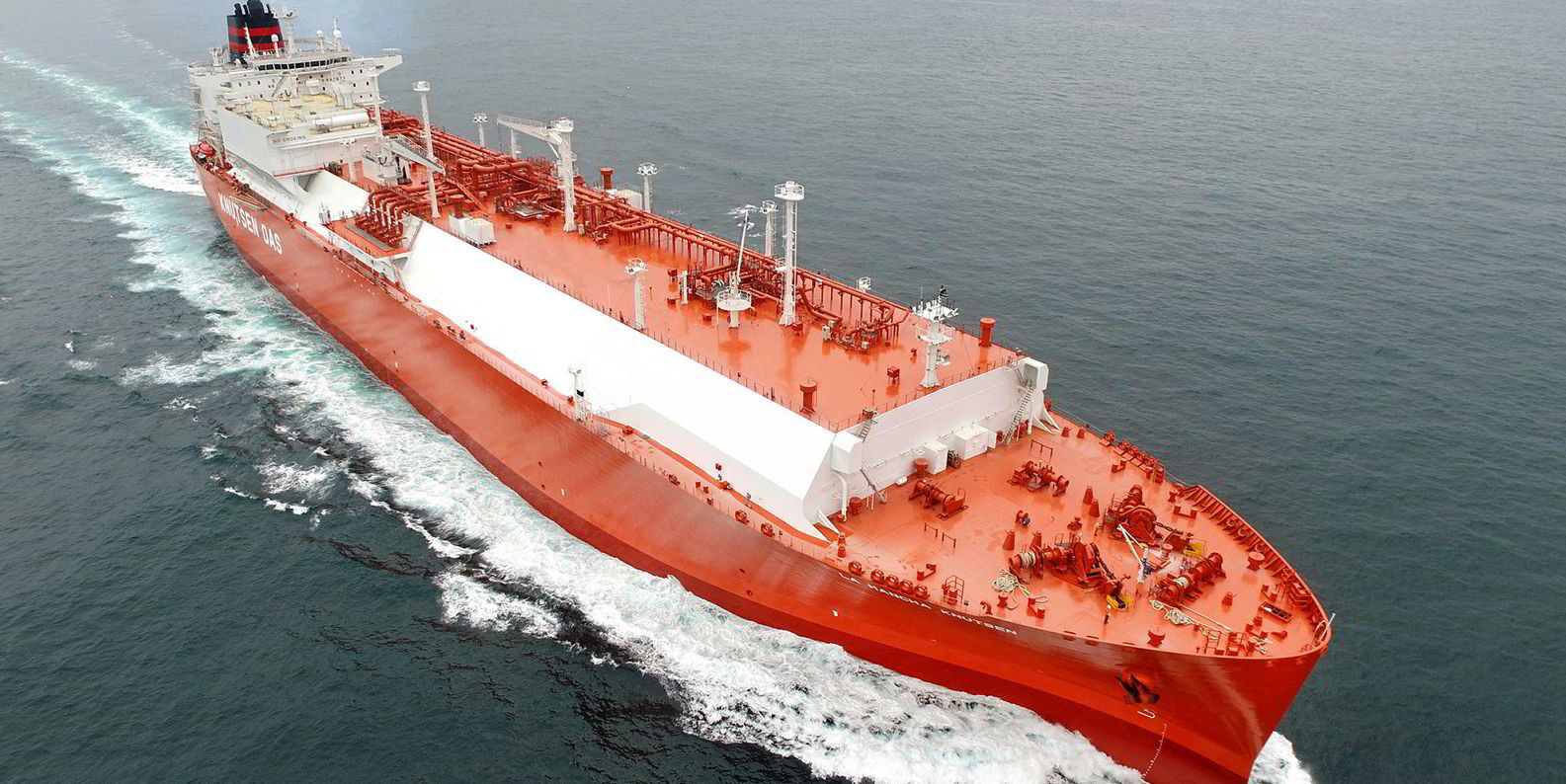Shipping may have seen unprecedented disruption this year, but the trend for longer and longer voyages has continued.
Clarksons Research, an arm of shipbroking giant Clarksons, said the average length of journeys undertaken by the world fleet has grown for a fifth consecutive year.
Analyst Trevor Crowe said global seaborne trade is still forecast to fall 3.6% this year in tonnage terms, due to the pandemic.
But he added that the company's projections show the average distance per tonne will edge up 0.7% over the full year, as trade rebounds.
This marks the second year in which the figure has surpassed 5,000 miles (8,000 km) and is the ninth rise in 11 years.
The figure is up 2.6% from 2015 and 5.5% from 2002.
"So despite the shock to seaborne trade this year, on the basis of the average annual growth rate of seaborne trade in tonnes of 2.5% across 2015 to 2019, that's equivalent to an 'extra year' of seaborne demand from the additional average distance over the last five years," Crowe said.
Clarksons Research identified a range of factors that have supported the trend this year.
Firstly, some of the commodities with shorter than average hauls have seen larger declines in total trade, pushing the overall average upwards.
The coal trade, with an estimated average distance of 4,229 miles, is projected to have fallen by 9% this year; oil products, which average 2,990 miles, by 7%; and steel products, with an average haul of 4,234 miles, by 9%.
Energy shipping leading the way
Secondly, the average haul in key energy commodities has increased, helped by increasing US energy exports over longer distances, including to Asia, the UK company said.
For crude tankers, Chinese imports have grown robustly, including more purchases from the US and Northern Europe, as well as the Middle East.

LPG shipments from the US have been growing, in contrast to the output of other major exporters. US LNG exports, which saw a robust start to the year and are now rebounding quickly post-shock, are expected to increase by more than 30% this year, Clarksons Research said.
The average haul for crude vessels will be about 5,392 miles this year. For LNG, that figure will be 4,097 miles, and LPG saw 5,281 miles.
These three trades combined are up 1.9% from 2019.
Looking ahead, Crowe sees questions over the long-haul trades posed by the green energy transition in shipping.
US and China will dictate distances
The nature of the US' role in energy shipping will impact on seaborne distances, while the switch away from coal could boost the average distance, he added.
"Geopolitics (not least between the US and China) will also play a key role, and there is much debate around slowing globalisation and the increased prominence of regional trading blocs, which would drive shorter haul trade," Crowe said.
"Focus on derisking of supply chains could suggest similar, though the resilience of 'Factory Asia' has been a theme of the Covid-19 crisis. So, further progress in the current average haul trend can't simply be assumed."





